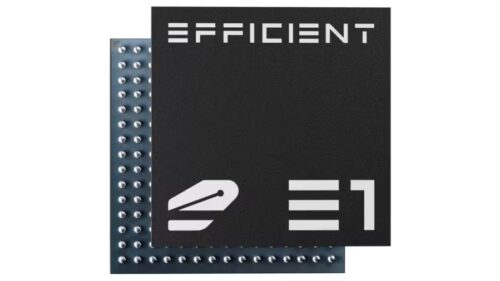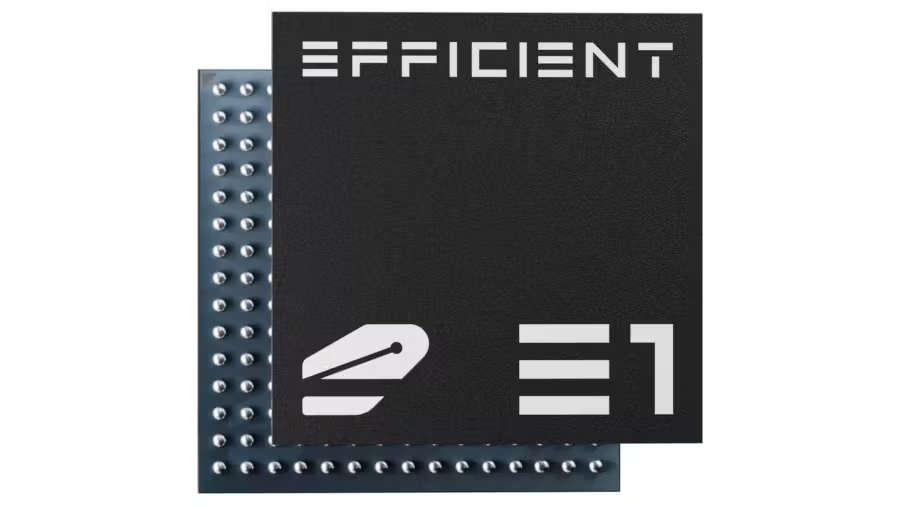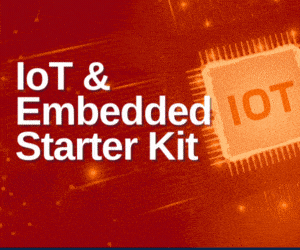A new chip is here, made for tasks at the edge. It runs programs, uses less energy, and works without frequent maintenance.

Efficient Computer has released its first standalone processor, the Electron E1, now available for developers along with the company’s custom compiler, effcc. Designed for edge, embedded, and AI workloads, the chip delivers high energy efficiency and general-purpose programmability—opening new opportunities for low-power intelligent applications that previously faced compute or energy limitations.
At the core of the E1 is Efficient’s Fabric architecture, developed over more than a decade of research at Carnegie Mellon University. Instead of the traditional step-by-step instruction model, Fabric uses a spatial dataflow approach to execute general-purpose code. This design allows for up to 100× improvement in energy efficiency over conventional low-power CPUs, making it ideal for long-life, maintenance-free deployments in constrained environments.
Electron E1 is also paired with the effcc compiler, built to work hand-in-hand with the Fabric architecture. Together, they enable significant energy gains over comparable Arm processors. For matrix multiplication, the E1 is claimed to be 94× more efficient than the Cortex-M85 and 15× over the Cortex-M33. It shows 24× and 13× gains in fast Fourier transforms, and in computer vision tasks like convolution operations, the improvements rise to 322× and 29×, respectively.
In terms of hardware, the Electron E1 delivers 21.6 GOPS at 200MHz in high-voltage mode and 5.4 GOPS at 50MHz in low-voltage mode. It includes 128kB of ultra-low-power cache (split into 8kB banks), 3MB of SRAM, and 4MB of MRAM—used in place of flash memory to reduce energy usage.
The chip features a scalar core based on the open RISC-V architecture, using the RV32IAC instruction set plus the Zmmul extension for efficient multiplication. It runs on a 1.8V supply and supports internal voltages from 0.55V to 0.8V. I/O options include 72 GPIO pins, six quad-SPI, six UART, and six I2C buses, along with an integrated real-time clock (RTC).

